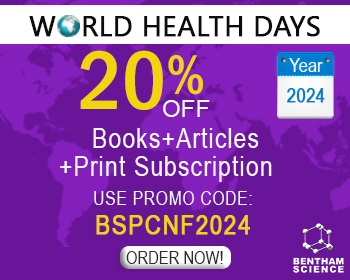Abstract
Hemorrhagic stroke is a disease with high incidence and mortality rates. In addition to the mass lesions that result from hemorrhagic stroke, substances such as the blood-derived products (BDP) (hemoglobin (Hb), heme and iron) induce a potent inflammatory response and exert direct toxic effects on neurons, astrocytes, and microglia. In the present review, we discuss the mechanisms of brain injury secondary to hemorrhagic stroke, focusing on the involvement of BDP as major players of cellular redox imbalance, inflammation, and glutamate excitotoxicity. Potential natural mechanisms of protection against free Hb and heme such as haptoglobin and hemopexin, respectively, are highlighted. We finally discuss the experimental and clinical trials targeting free iron and heme scavenging as well as inflammation, as potential new therapies to minimize the devastating effects of hemorrhagic stroke on brain structure and function.
Keywords: Heme, hemorrhagic stroke, inflammatory response, intracranial bleeding, iron, reactive oxygen species, subarachnoid hemorrhage.





























